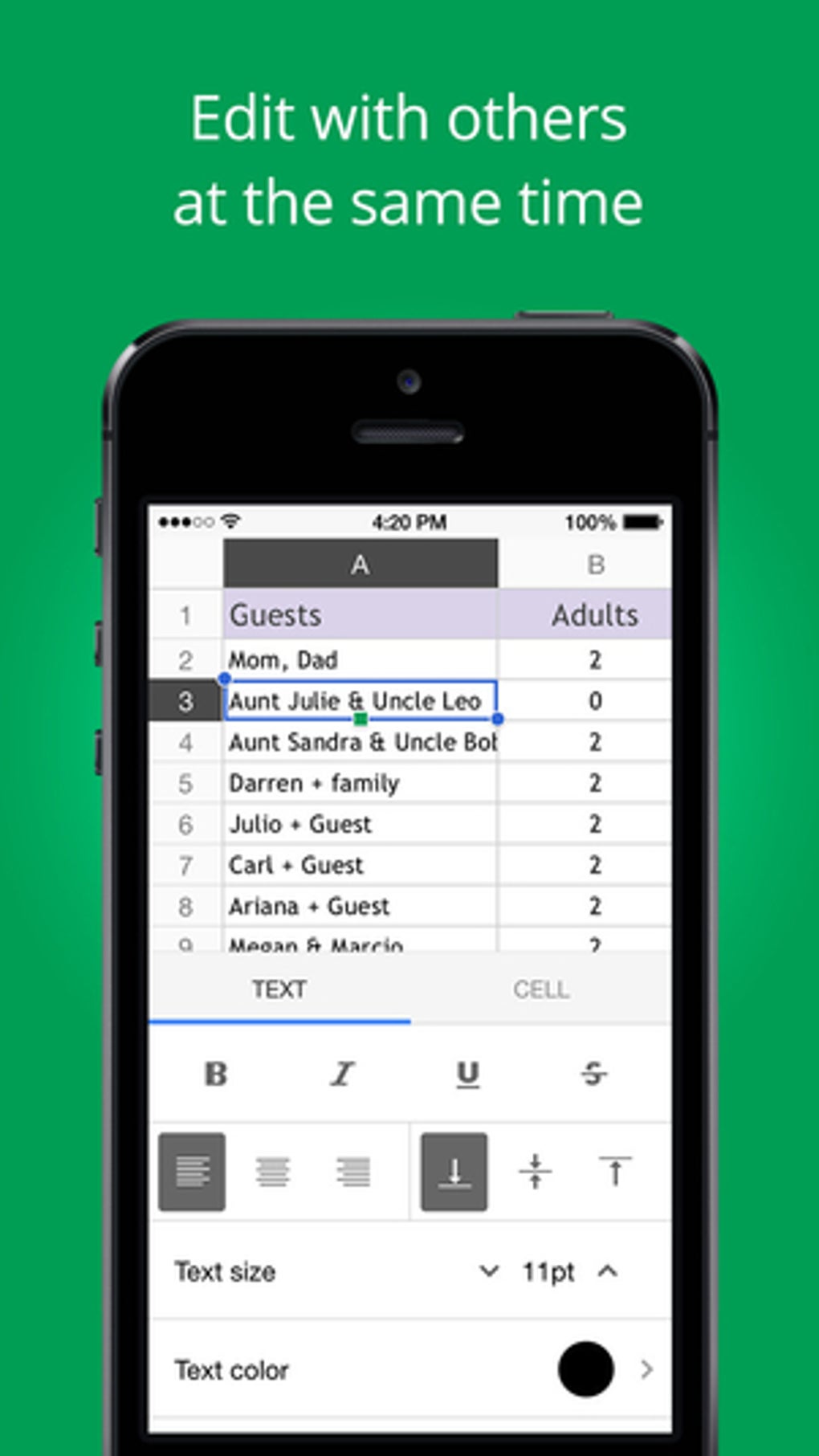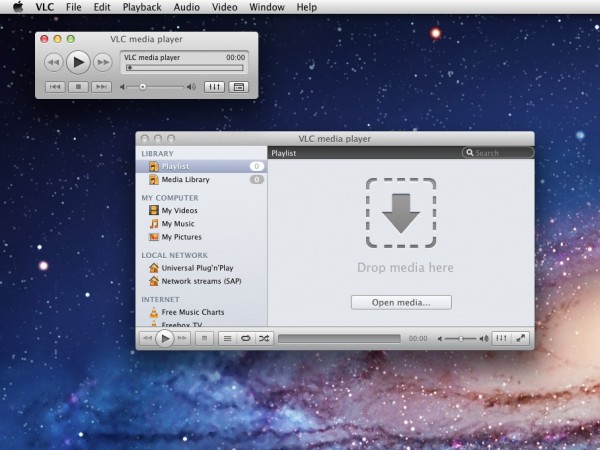Recently, we had covered some of the best ways to run Windows apps on macOS. The point was to overcome the lack of multi-platform software. This time, however, we have something different. We are going to talk about the ways to run Android apps on Mac. Yes, about using Instagram, playing Asphalt 8, or listening to Audible on Mac.
On Mac, however, there is only limited native support for MTP devices. When you connect a smartphone (including iOS) or a portable media player as an MTP device on Mac, OS X opens iPhoto or Photos app where you can view and exchange photos and videos between the device and the Mac. HoRNDIS is a driver for Mac OS X that allows you to use your Android phone's native USB tethering mode to get internet access. Step 3: Connect (or “tether”) your Android to your Mac using a USB cable. When you do this, your Mac should immediately recognize your device. Step 4: Now it’s time to get you connected! Open System Preferences on. Easily check which versions of mac OS, iOS, iPadOS, or watchOS are compatible with your Mac model or iDevice. Guide includes OS X 10.8.x to macOS 11.0.x.
This time too, we have found multiple ways to run Android apps on macOS. Since different people have their different purposes, we’ve different methods too. In this article, you will find the best methods to run Android apps on Mac for normal users, gaming enthusiasts and developers. Shall we now check out the options?
Run Android Apps on Mac
Macintosh OS or popularly known as Mac OS used by Apple on its Mac PC’s and Macbook’s is an awesome OS, with its awesome user-interface, and great features, wouldn’t it be more awesome if we are able to run Android on Mac os.? Like WhatsApp on mac os, yes it’s possible by these unique Android Emulators, so let’s have a look on these 3 best Android Emulator for Mac OS’s. OS Version Claimed IPv6-ready Installed by default DHCPv6 ND RDNSS Notes AIX: 4.3 Yes Yes Yes No AlliedWare Plus: 5.4.4 Yes Yes Yes No Android: 5.0 Yes: Yes No: Yes ChromeOS: 67.0.3396.99 Yes Yes No Yes Cisco IOS: 15.3 Yes Yes Yes Yes: Support for RDNSS option as of 15.4(1)T, 15.3(2)S. Cisco Meraki: MX + MR + MX series No No No No.
#1 BlueStacks — Best for Running Apps
BlueStacks (also called BlueStacks App Player) is the oldest and the most popular way of running Android apps for Mac. You will be able to run almost any Android app using this simple emulator. It’s the best choice if you want to run WhatsApp on your Mac or access your Instagram account. You will be able to run your Mac apps and Android apps side by side, which is great.
The BlueStacks interface is equally awesome as well. Apps are opened in individual tabs and you have access to Google Play Store. Depending on the specifications of your Mac, BlueStacks lets you handle multiple apps with ease. Despite the optimizations for running apps, BlueStacks offers a true Android feel as well. You can even make changes from the Settings section.
Installing and using BlueStacks is like a piece of cake! You have to download the free installer from the official site of BlueStacks and run it. If you have previously installed bluestack, do a clean uninstall, before you reinstall it. Once the installation is done, it may take a few seconds for starting up. Before you can install apps, however, you need to sign into a Google account. Altogether, we think it’s really easy to get started with BlueStacks.
As far as running apps is concerned, BlueStacks does the job very well. We were able to install and use apps like WhatsApp and Instagram without any hassle. We also tried playing some Alto’s Odyssey game.
Pros
- BlueStacks is really easy to set up
- It doesn’t involve long installation processes
- Performance is optimized for apps
Cons Buy adobe premiere elements 2020.
- Not much suitable for games or development
Who Is It For
We think BlueStacks is the best option for those who need to use Android apps on Mac. It works fine when it comes to running apps like WhatsApp and Instagram. While the gaming performance is okay, we believe there are better options.
Check Out BlueStacks
#2 VirtualBox — Best for More Control
At the core, Android is also a Linux-based operating system. As it happens, you can install Android on Mac using a tool like VirtualBox. In order to do this, you have to create a virtual machine and install Android in it. Compared to the other options we’ve listed, this VirtualBox method offers better control over the Android device and the apps you install.
Once the installation is done, VirtualBox gives you a pure Android experience. This is because we’re installing the basic Android Operating System on the virtual machine. However, you should not expect an optimized environment for running apps or games. Chances are, there are some bugs too. On the bright side, you can deploy Android v8 Oreo in the virtual machine.
We would not say that Android on VirtualBox is easy to set up. There are some downsides that you will have to tolerate in the long run. In order to do this, you need to download Android x86, a project that ports the popular OS to PCs. Then, as we always do, you can create a virtual machine based on Linux, Android. Once the installation is done, you’ll have a full-screen Android experience.
While apps like WhatsApp and Instagram work fine, the performance isn’t the best. We would not suggest this method if you’re into gaming either.
Pros
- Offers more control over the virtual Android device
- You can run the latest version of Android
- It offers a fully-fledged Android OS experience
Cons
- Installation is somewhat complex
- Lacks performance optimization or customization options
- Chances of bugs
Who Is It For
Running Android on Mac using VirtualBox is best when you need better control over the process. As a virtual machine, you can customize performance too. However, in the long run, you will have to compromise overall performance and gaming controls.
Check Out VirtualBox and Android x86
#3 Nox Player Mac — Best Optimized for Gaming
If you want to play some graphic-rich Android games on Mac, Nox Player Mac is the best option in town. It’s an Android emulator that prioritizes speed and performance. There are also some features such as screen capture, on-screen button mapping etc. Once set up, Nox Player Mac offers a standard Android experience as well.

Nox Player Mac manages to run apps as well. However, we found that things aren’t as smooth as BlueStacks when it comes to app downloads and installs. But, the reason you should install Nox Player Mac should be to play high-quality games like PUBG on Mac.
To install Android apps on your Nox Player, you can either login with your Google account and use the built-in Google Play Store or if you don’t want to go through that hassle, you can download the apk using the browser and install it directly.
Nox Player Mac is the easiest to install. It doesn’t even ask you any questions. Just run the installer and in a few seconds, you will find the fully-fledged Android virtual tablet. It runs Android v4 KitKat — which is a downside when compared to others.
Nox Player Mac is perfect when it comes to handling popular apps. So, if you want to bring some common apps and high-end Android games to Mac, choose this program.
Script editor for mac. After you create and test a script, you can save it as an app and run it just like any other app. How to save a script as an app To browse the Script Editor User Guide, click Table of Contents at the top of the page. About Script Editor on Mac. Script Editor lets you create powerful scripts, tools, and even apps. You can create scripts to perform repetitive tasks, automate complex.
Pros
- Easy to set up and get started
- Optimized performance for games and apps
- Advanced features like keyboard mapping and location manipulation
Cons
- Not suitable for development
- Runs on Android KitKat
- Ships with some bloatware
Who Is It For
Nox Player Mac is the best option if you’re into high-end Android games. Even if you have a mid-end MacBook Air, it should offer the best performance. Also, thanks to the macro and mapping features. We’d also recommend the tool for running WhatsApp and all.
#4 Genymotion — Most Suitable for Developers
Genymotion is an innovative way to run Android apps on Mac — and on Cloud, for that matter. However, it is offering a bunch of different options. If you’re a professional, you can create a virtual Android device on a Mac or in the cloud. Let’s come down to the Desktop version, which is great. You will be able to create a big variety of Android configurations for testing.
For instance, you can change the Android version, device hardware etc. Genymotion is the best option to make sure that your app runs perfectly on all Android devices out there. However, if you are getting started as a developer, you can find standard solutions as well. Genymotion also offers some additional features, for instance, embed your Android app on the website and let people try the app.
There is no necessity that you should install Genymotion on your Mac. As we said earlier, it can be used as a cloud service as well. However, Genymotion Desktop is really easy to install. We used the Personal version of Genymotion as well. It’s more convenient if you just want to try some apps. On the other hand, if you like the fully-fledged Android development experience, Genymotion Desktop is the way to go.
Running apps on Genymotion isn’t as smooth as the other platform. This is because the emulator has a major focus on features that help developers.
Pros
- Awesome features for developers
- Multiple Android configurations
- Better Control over Running Apps
Cons

- Performance Optimization could be better
Who Is It For
Genymotion is the best solution for Android developers who want to run their Android apps on a number of virtual devices. It syncs so well with your coding process and customization needs. Thanks to the plug-in, you can integrate this program with Android Studio as well.
Check Out Genymotion (free trial, $136/year)
#5 Andy — a Smoother Workflow
Last but not the least, Andy is another way to run Android apps on Mac. However, compared to all emulators we’ve listed above, Andy offers a smoother workflow. The best part is that you’re getting a 100% full Android experience when you start up. You get built-in apps like Gmail, ES File Explorer and a lot more. It’s running on Android v4.0 KitKat, though.
Because Andy comes with Play Store access, you can easily download and install apps. There are some other important features as well. For instance, you can run the Android emulator in vertical and landscape modes as well. Also, there’s Key Mapping and Location manipulation. These features are awesome when you want a more optimized way to run Android apps.
Android Emulator Mac Os

Andy has one of the easiest installers we’ve seen. It’s an online installer, which would download files over an Internet connection. It needs to be noted that Andy downloads around 500MB of files, the largest on the list. Once the installation is done, Andy will show you the standard Android interface. You can use the mouse and keyboard for managing the virtual Android tablet.
As we said, Andy is the best when it comes to running apps. However, it would not be our go-to choice when it comes to playing Android games.
Pros
- Easy to Install and Manage
- Best optimization for apps
- Offers a standard Android experience
Cons
- Runs on KitKat
- It’s lagging a bit when other apps are running
Who Is It For
Andy offers the perfect level of optimization and a standard Android experience. We’d recommend this tool if you need a real-like virtual Android device on your Mac. Of course, there are some performance lags but you can avoid it by avoiding multitasking.
Check Out Andy (Free)
The best way to Run Android Apps on Mac?
So, these are the five different ways to run Android apps on Mac. In a way, you’re creating an Android device within macOS environment as well. As we said earlier, not a single solution is suitable for everyone. Youtube free mp3 music download. We have recommended Nox Player for Mac if you want to play games. On the other hand, if you just want to use apps smoothly, BlueStacks and Andy are the best options. And, for those upcoming developers out there, we will recommend Genymotion, which has a ton of features packed inside.
A week ago my wireless provider texted me saying they'd no longer support their 2G network and I needed to upgrade my phone. Up till now I'd been living my namesake and happily using my candy bar 2G phone, but now that reality has come crashing down on me and I have to join the 21st Century or something. So I thought I could buy another dumb phone that supported 3G, but then I thought for a little more I could get an Android phone and maybe milk it for a blog post or two about using Android with our PowerPC Macs. So here we are!I got an unlocked Motorola Moto E, which was the least expensive smart phone that still got good reviews. I don't expect to be a heavy user, so it suits my needs. I'll miss my lighter than air Nokia whose battery lasted forever and also didn't nag me about software updates every five minutes. Apparently progress means being a perpetual beta user. However, I was pleasantly surprised at how easy it is to share data between the Moto E and my Powerbook, and not just over a wireless connection. It works through USB, too.

Right out of the box with no additional software, you can upload photos through USB by tapping the notification that appears when you connect the USB cable and then changing the transfer protocol from Media device (MTP) to Camera (PTP). If the notification doesn't pop up, you can also go to Settings --> Storage and tap the upper right button and select USB Computer Connection. There you'll see the same MTP and PTP options. Shortly after you select PTP, your default photo importer in OS X such as iPhoto or Image Capture will automatically open and you can select which photos to import. So far so good!
However, to transfer all other data such as music and documents, you need MTP which doesn't play natively with OS X. Fortunately there's a piece of software for Tiger that allows you to connect via MTP and transfer all your other data. It's called XNJB, and though the official version 1.5.9 claimed PowerPC support, it doesn't work. That's where Cameron Kaiser came in and compiled his own version that works and has made it available for download through Floodgap. It must be noted, though, he offers absolutely no support for this. So please don't bother him with bug reports or feature requests--he compiled it for his own use and is throwing it out there in case anyone else finds it useful.
Those disclaimers aside, I found it works perfectly (just make sure your phone is set to MTP, not PTP). You start the application with your phone connected and you're shown two browser panes for uploading and downloading. You can also create new folders on your phone with the Create Folder button. The 'X' button predictably deletes items.
With that, I can move all the data I want back and forth. As for sharing data over wifi, you can set up your Mac as a Remote Login server in Preferences --> Sharing and then use an Android file manager that supports SFTP to establish a connection and move files. I tried it with ES File Explorer, and it worked fine.
Android On Mac
For transferring via USB, Linux users don't need to do much except install gvfs-backends if they don't already have it, and their Android device will mount in their file manager. A supported operating system does occasionally have its charms.
I haven't really looked into pure syncing for things like contacts and calendars, but perhaps there's a way to do it by using Google services as a go-between. Syncing email is easy if you have IMAP.
Android Support For Microsoft
So I hope this blog post served you well and was worth me giving in to the smart phone fascists. I've been tempted to throw it into a wall a few times, but maybe that'll subside. I still have a few weeks left to return it for a refund ;)



